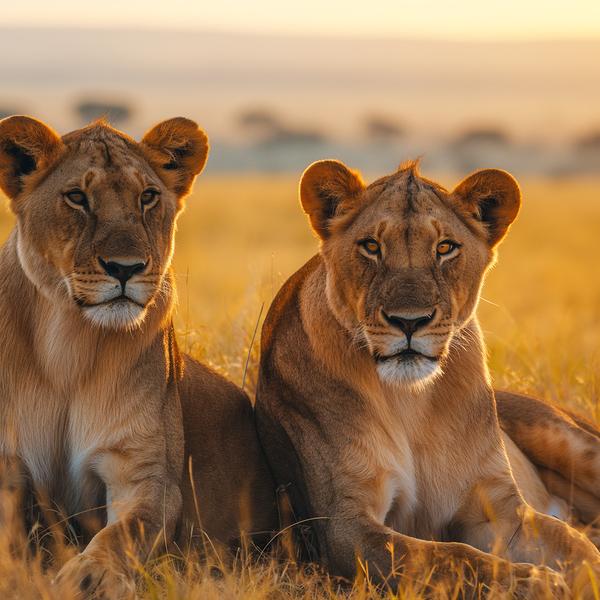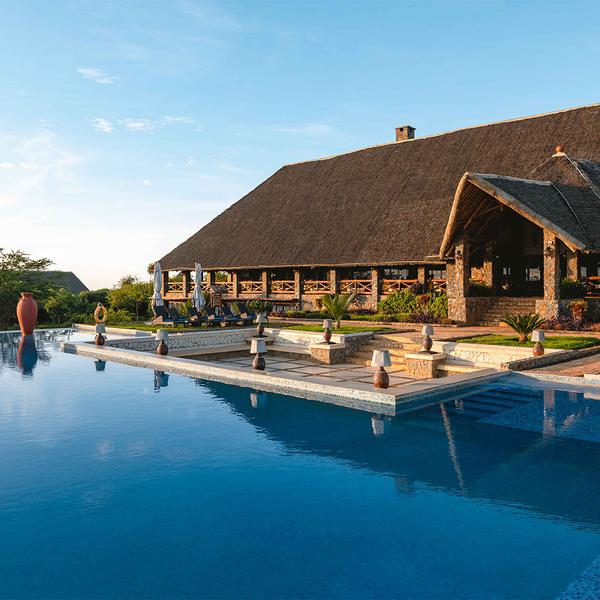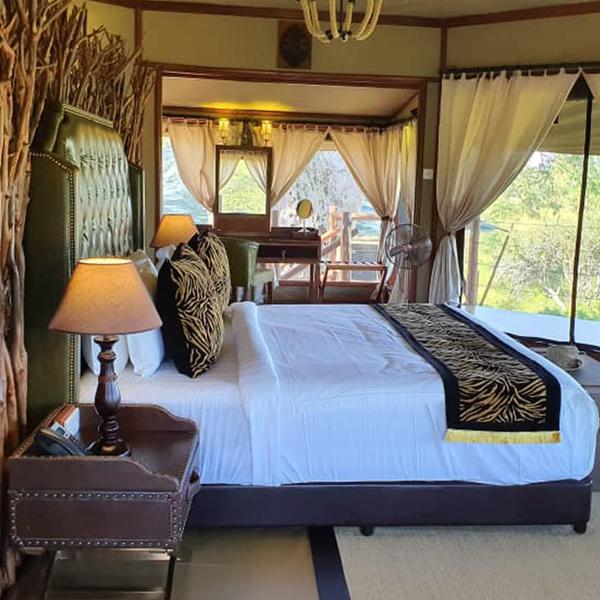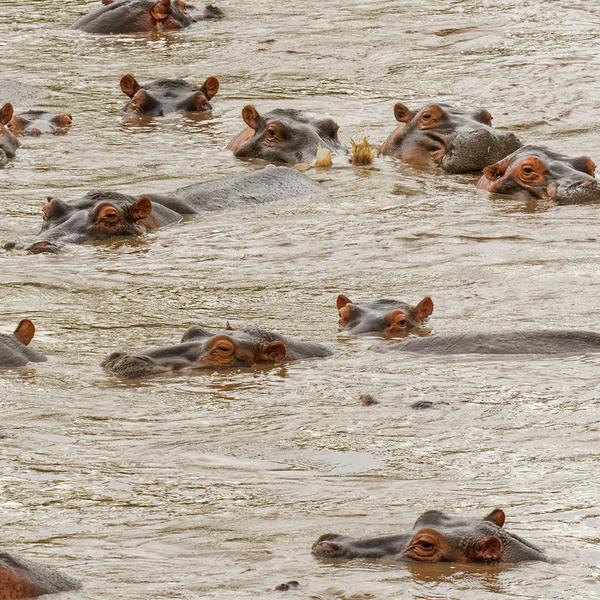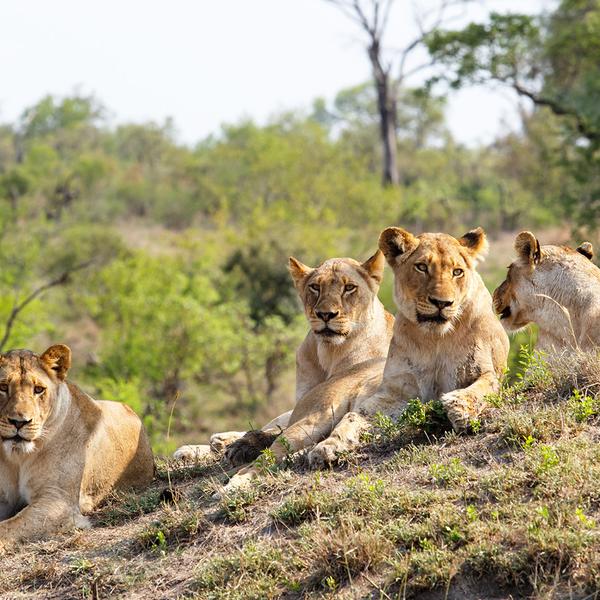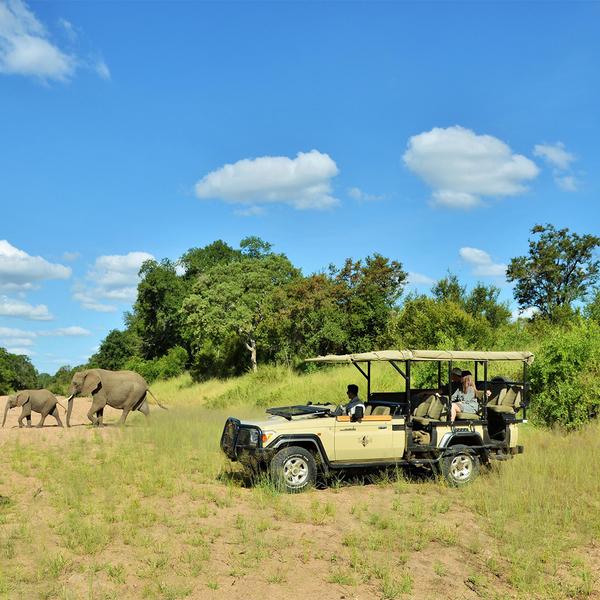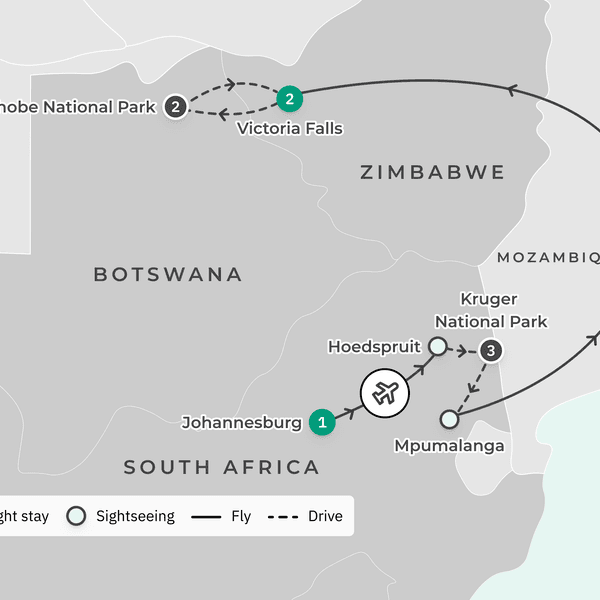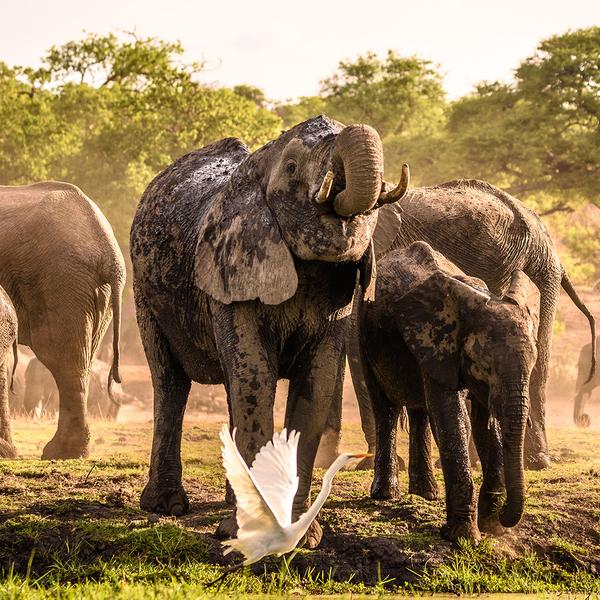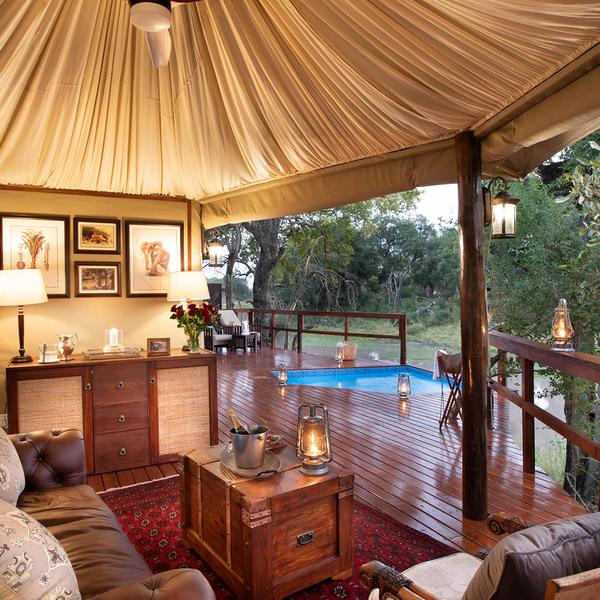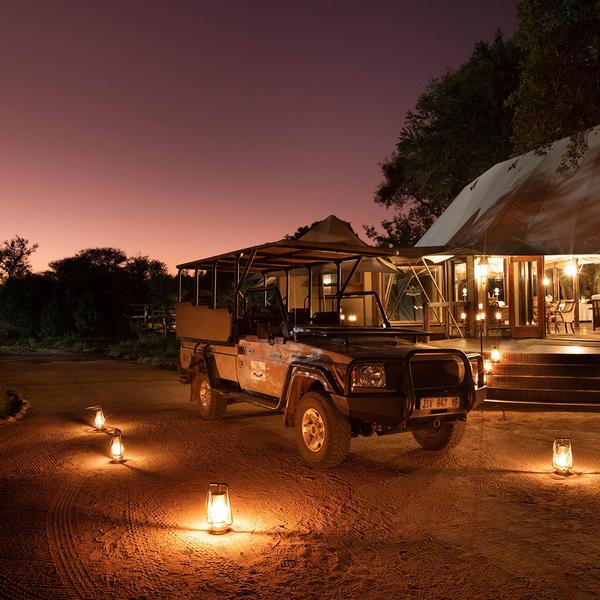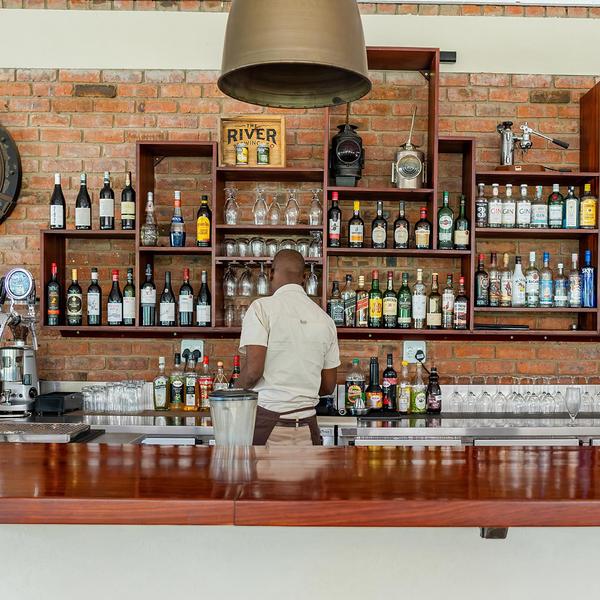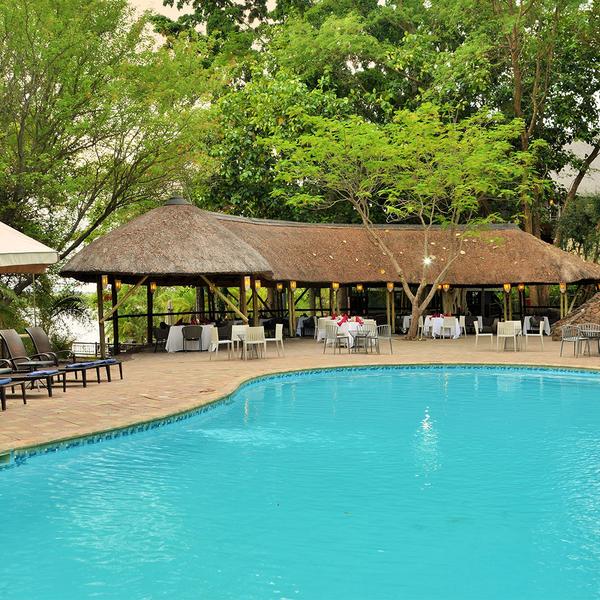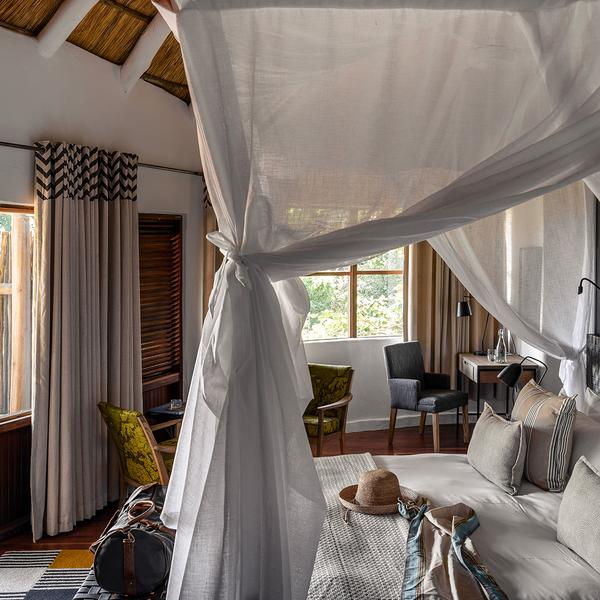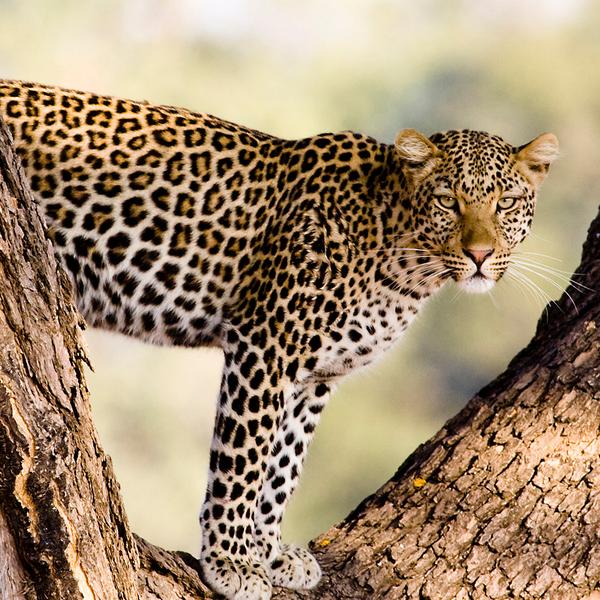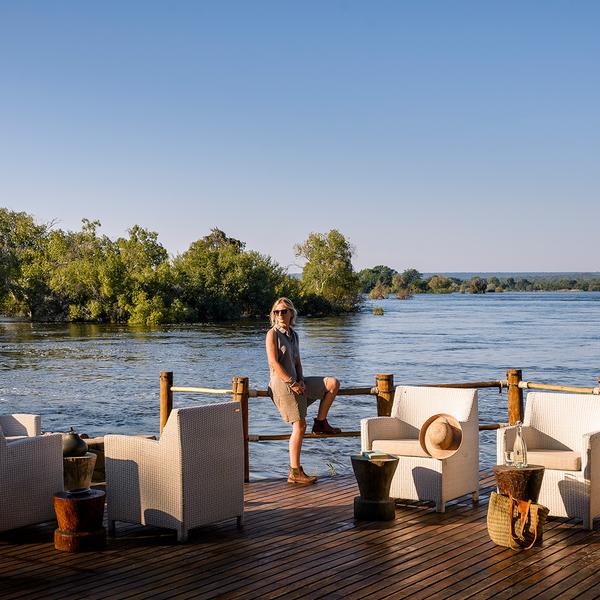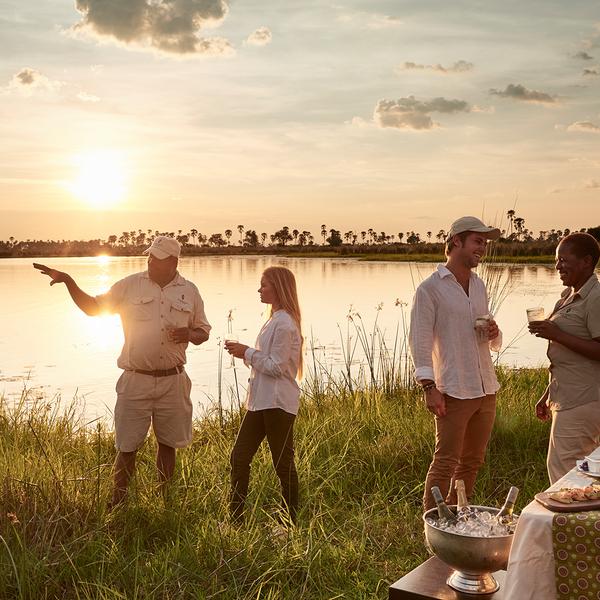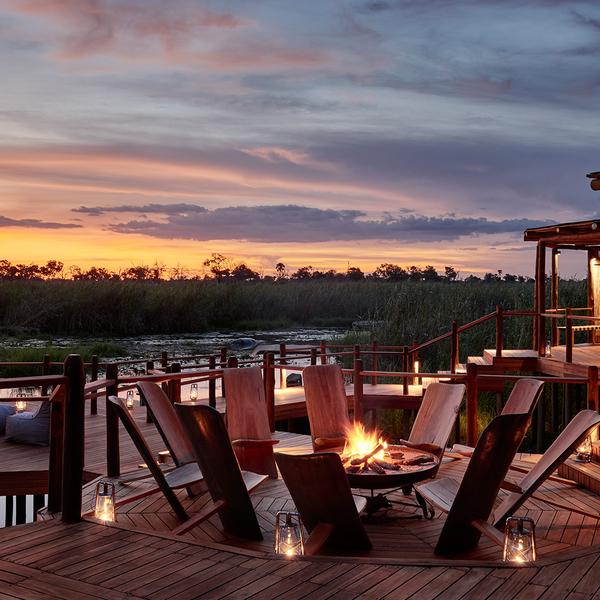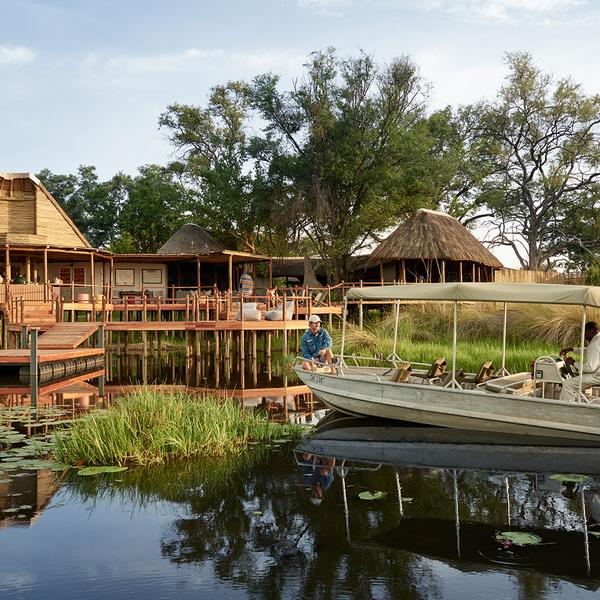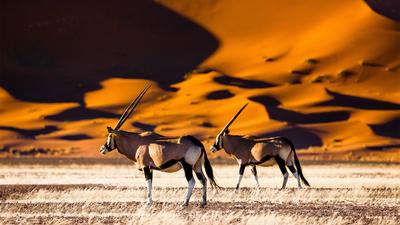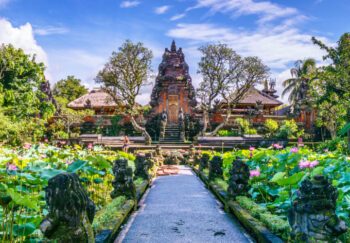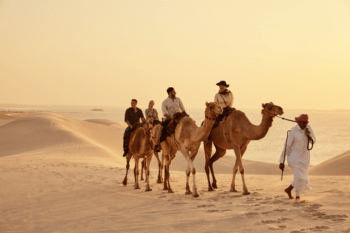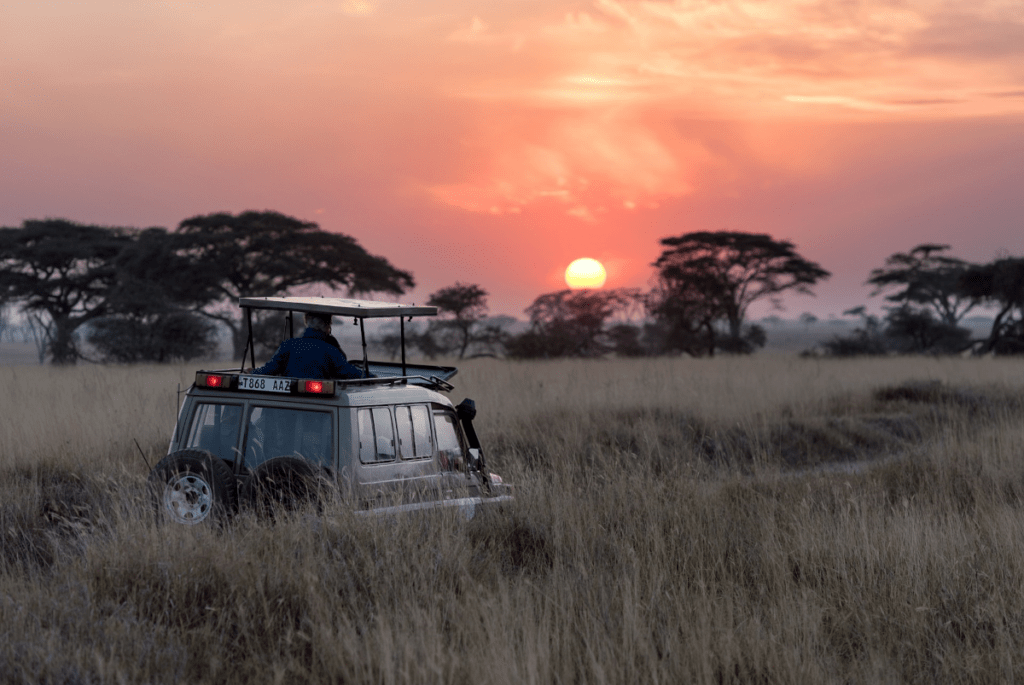
Lions and elephants and rhinos, oh my! Your first African safari is an experience that will stay with you long after you return home, and nothing can ever quite prepare you for the spine-tingling thrill that comes with seeing giraffes, elephants, lions and more in their natural habitats. While one of the best parts about an African safari is the unexpected – not knowing what you’ll see, when and where – here’s just some of what you need to know before you head off.
1. Yes, everyone does wear khaki
This is one stereotype that holds true: there is a lot of khaki on safari, and for good reason. Khaki, and other muted shades of green, brown and beige, help you blend into the natural environment. The less you stand out, the less chance you have of spooking the wildlife (or catching their attention). If you can, leave the bright colours and bold patterns at home (or your lodge accommodation) and keep to neutral tones where possible. Be sure to include closed-toe shoes on your packing list, as well as a wide-brimmed hat, sunglasses and breathable clothing. If you are travelling to an area with tsetse flies (anywhere south of the Sahara Desert), avoid wearing black and dark blues while on game drives or at your lodge. The flies are attracted to these shades and have a nasty sting.
2. You’ll start early
The early bird… gets the best safari encounters. Morning game drives tend to depart between 5.30am and 6.30am, so early alarms are a necessary evil on your African safari. Some lodges offer wake-up calls, plus pre-departure tea, coffee and snacks, to help make getting out of bed easier. That said, the reward of heading out early is always worth it – the wildlife are at their most active around and just after sunrise. You might see giraffes waking up for their breakfast, lions finding a spot to doze, and all myriad of creatures in between. Plus, if you’re travelling in summer, the cooler morning temperatures are much more pleasant (for you and wild predators, who tend not to hunt during the day). The hazy light of a new morning in the African bush is beautiful, as a stunning blue-purple light casts across the landscape, making for truly spectacular photographs.
3. The mornings and nights can be cool
Forget the stereotype of a scorching hot savannah. Temperatures in parts of Africa can drop during the cooler months, especially once the sun sets. Some lodges kit their safari vehicles out with warm blankets and even hot water bottles, but it is still worth packing a thick jumper, beanie and jacket if you are visiting in late autumn, winter or early spring.
4. Game reserves aren’t the same as national parks
Whether you choose to experience your first safari on a private game reserve or a national park is a personal preference, however both options offer slightly different experiences. National parks are government-owned and managed and tend to be larger and busier than a private game reserve. National parks, such as Kruger National Park in South Africa or Chobe National Park in Botswana, have set open and closing time, and permit either self-drive safaris or guided trips. As national parks are open to the public and there is no limit on vehicles, animal sightings can become competitive; vehicles may overcrowd certain areas or converge on sightings.
Private game reserves promise a more exclusive, personalised experience as the reserve is usually owned and managed by the lodge (or lodges) within it. Private game reserves can enforce caps on the number of safari vehicles out at any one time and can set rules about what a safari vehicle can and cannot do. For example, some reserves forbid vehicles from going off-road in pursuit of getting closer to the Big 5 (lions, leopards, rhinos, elephants and buffalos). It’s important to remember that private game reserves are not zoos, however. Wildlife on the reserve move as they please, so there is never a guarantee of seeing your favourite animal. Reserve management may also choose not to provide veterinary assistance unless an animal is injured due to human interference. This is done to maintain as natural as life for the reserve’s wildlife as possible.
5. The animals get closer than you think
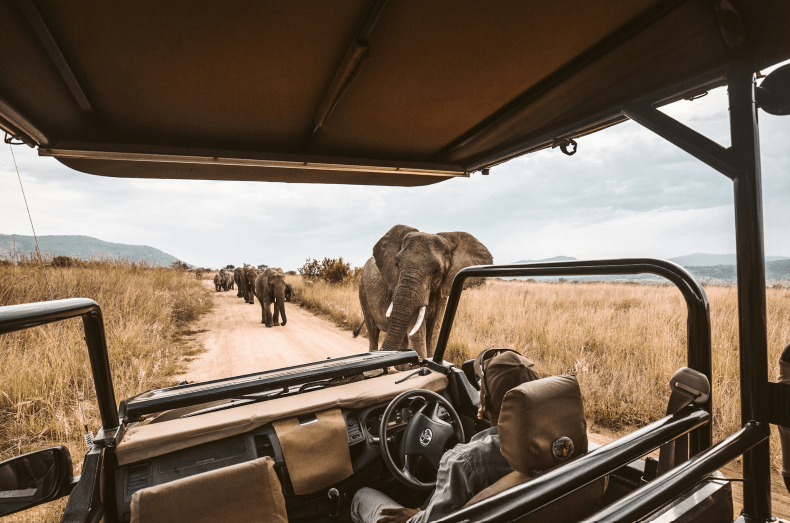
Thinking about investing in a good (and possibly expensive) pair of binoculars for your Africa safari? You may not need them! While it is impossible to predict the kind of encounters you will have on safari, chances are you won’t need a set of binoculars to see wildlife up-close. Wildlife on private game reserves in particular are used to the safari vehicles and often don’t give the cars a second look, strolling by only a few metres away. Just remember to follow the rules: no standing up, and keep your legs and arms inside at all times. Guides and rangers will move the vehicle as needed to maintain a safe distance and use their discretion when it’s time to give wildlife their space.
6. There is a lot of waiting
Guided game drives last between three or four hours depending if you’re in a national park or staying on a private reserve, and much of that time can be spent looking, and waiting, for wildlife. Even with all their skill, guides and trackers can never guarantee where animals will be – but finding them is all part of the fun. A safari means not knowing what could be around the corner, lounging by the watering hole, or just behind the treeline. Pack your patience and you’ll be rewarded with thrills and excitement, even before you’ve seen your first four- or two-legged critter.
7. Your guides and trackers are just as important as the wildlife
The knowledge of your safari guides and trackers is astounding, and you’ll learn more about the landscape and wildlife than from any National Geographic documentary. Guides and trackers don’t use modern GPS systems, instead relying on skills honed over years – many have grown up in or around the areas they now work in. They can tell what direction wildlife went and how recently all from a scuff or hoof mark on a track. Ask as many questions as you can; no question is too small or too silly. They can tell how far away a lion is just by its roar, or if there is a leopard in the area through the scent in the air (seriously). Engaging with your guides and trackers, and building rapport with them, is just as rewarding as your wildlife encounters!
Looking for more travel inspiration? Check out Africa’s Best National Parks & Game Reserves.
